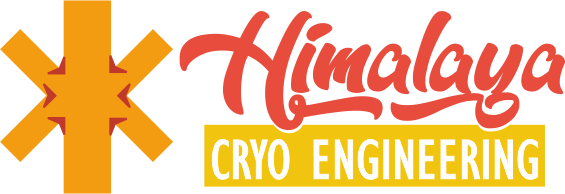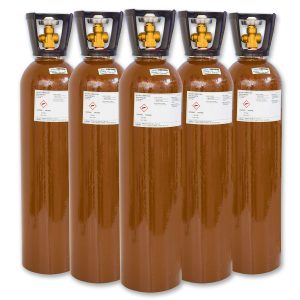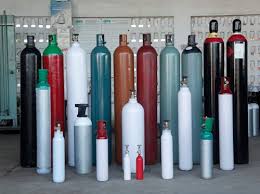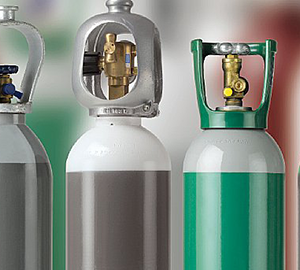Industrial Oxygen
At standard temperature and pressure, oxygen is a colorless, odorless, and tasteless gas with the molecular formula O2, referred to as di oxygen. Oxygen (O2) is an active, life-sustaining component of the atmosphere; making up 20.94% by volume or 23% by weight of the air we breathe.
Oxygen has multi industrial uses
Oxygen is used with fuel gases in gas welding, gas cutting, oxygen scarfing, flame cleaning, flame hardening, and flame straightening. In gas cutting, the oxygen must be of high quality to ensure a high cutting speed and a clean cut.
The largest user of oxygen is the steel industry. Modern steelmaking relies heavily on the use of oxygen to enrich air and increase combustion temperatures in blast furnaces and open hearth furnaces as well as to replace coke with other combustible materials. During the steel making process, unwanted carbon combines with oxygen to form carbon oxides, which leave as gases. Oxygen is fed into the steel bath through a special lance. Oxygen is used to allow greater use of scrap metal in electric arc furnaces. Large quantities of oxygen are also used to make other metals, such as copper, lead, and zinc.
Oxygen is used as a raw material in many oxidation processes, including the manufacture of ethylene oxide, propylene oxide, synthesis gas using partial oxidation of a wide range of hydrocarbons, ethylene dichloride, hydrogen peroxide, nitric acid, vinyl chloride and phthalic acid.
Very large quantities of oxygen are used in coal gasification — to generate a synthesis gas that can be used as a chemical feedstock or precursor for more easily- transported and easily-used fuels.
Oxygen used in Glass industry, paper and pulp industry






